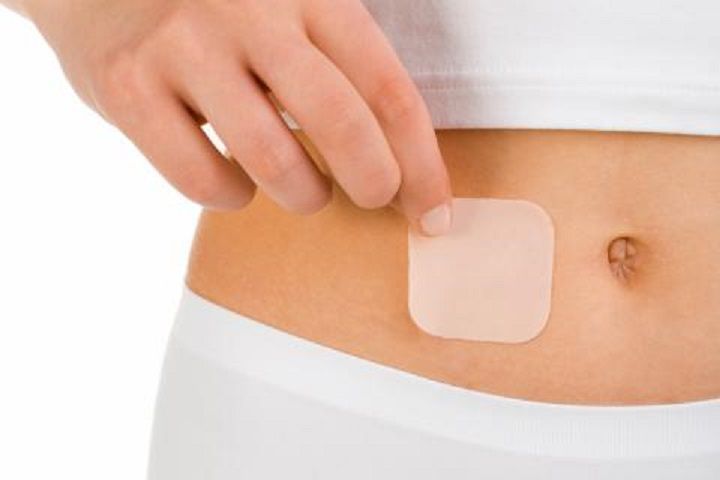THC patches explained

All different kinds of different patches are used for medical reasons. Sometimes those afflictions are self-inflicted like in the case of nicotine patches for smokers who chose to lit up in the first place. Other times they can be an effective way to relieve symptoms from medical chronic conditions and illness. THC patches are part of the latter category and are sometimes used in those most extreme circumstances to provide comfort to a patient.
What is a THC patch?
A THC patch is a transdermal strip that is medicated, and other additives like permeation enhancers are used to act as a carrier of the cannabinoid to the user. What this means is that they are a patch that will stick to your skin and deliver a potent and direct influx of THC into the user’s bloodstream.
How does a THC patch work?
Just like with any other transdermal strip, THC patches use permeation enhancers to chase the cannabinoid from the patch towards the person's bloodstream. There is usually a combination of chemicals that are used to bypass the skin's natural protective barriers that are meant to keep contaminants out. This allows for an incredibly effective absorption rate of the THC. Once the THC has entered the person’s bloodstream, the effects will be felt immediately.
The effects of a THC patch
The precise results you will get from using a THC patch will depend on your tolerance as well as the potency of the patch. Since they are made in many different doses ranging from 10mg of THC up to 120mg of THC, it is difficult to say how one will affect you without knowing its strength. What we can say is that the average joint has 0.5 grams of cannabis and contains around 90 mg of THC. A blunt will hold an average of one full gram of weed which translates to 180 mg of THC. A bowl will contain an average of 0.25 grams of cannabis weighing in at 45 mg of THC in each one. The effects would be like other methods of consumption only slightly stronger and longer lasting since a THC patch will very slowly administer the cannabinoid throughout8-12 hours and sometimes even longer.
How to use a THC patch
Transdermal THC patches can be applied almost anywhere on the body, but there are a few more effective areas to stick them for the best results. There are what is considered to be weak spots in a human’s skin that is more absorbent than others. The palm is one of the least permeable areas, but the thighs, underarms, and calves are all highly recommended areas to place them as they give the least resistance to absorbing THC. Once one is firmly attached, it will stay in place for anywhere from 8-24 hours before it can be removed and replaced. This maintains a constant supply of THC day and night.
What are THC patches used for?
THC patches are used in all cases from mild to severe and are often used to treat diagnoses such as headaches, chronic migraines, cancer, glaucoma, nerve pain, muscle spasms, multiple sclerosis, nausea, seizures, and Crohn's disease. In some areas where available they are also used recreationally as an alternative method of THC consumption.

